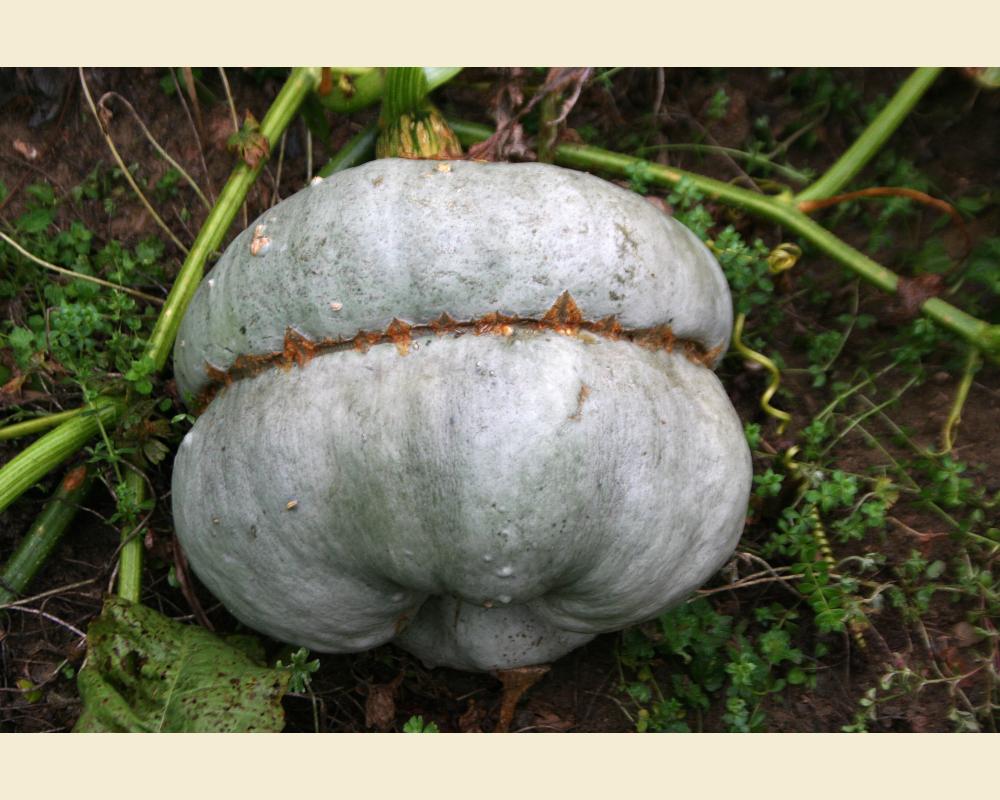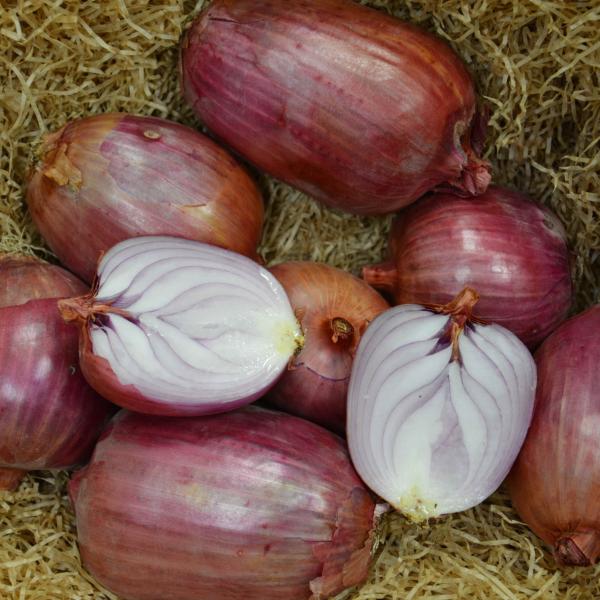And here are the first fruits of the
“Ecotypes — freedom of seeds” project, the Cappello da Prete pumpkin, cultivated
by Franco Zecchinato's “Biancospino” company in Albignasego. We propose the excellent presentation of the seed company Arcoiris, our partner in this project.
“The Reggiana priest's hat pumpkin seeds have been preserved by the “A. Zanelli” Institute of Higher Education in Reggio Emilia, an agrarian technical section, which carried out reproduction cycles for many years, applying, at the same time, a conservative selection to keep them pure and, once stabilized, the population registered Santa Vittoria in the Register of Intrinsic Value, the so-called register of biodiversity, with the collaboration of Arcoiris.
This pumpkin is an ancient cultivar from the Reggio Emilia area. It was kept for months, even until spring, and was used for the production of tortelli and pumpkin gnocchi. It has the ideal characteristics for the preparation of these typical dishes due to its firm (slightly watery) and low-fibrous pulp, for its sweetness and for the absence of particular aromas.
There is no precise information about its historical origin, but it has similarities with one of the most famous traditional pumpkins in Italy, Marina di Chioggia, which in turn has a dark green color, a ribbed and very warty surface. These types of pumpkins already appear in paintings between the 16th and 17th centuries, but the shape of a turban (or hat) is never clearly present. The name priest's hat, also used in Parma and Mantua, derives from the shape of a double-pitched pumpkin, the upper one wider and the lower narrower, which in popular imagination was reminiscent of the pastor's hat until the 1950s. Rustic variety, it adapts well even to tenacious soils, it has a vigorous and very expanded vegetation. The plant has good resistance to adversity.”





